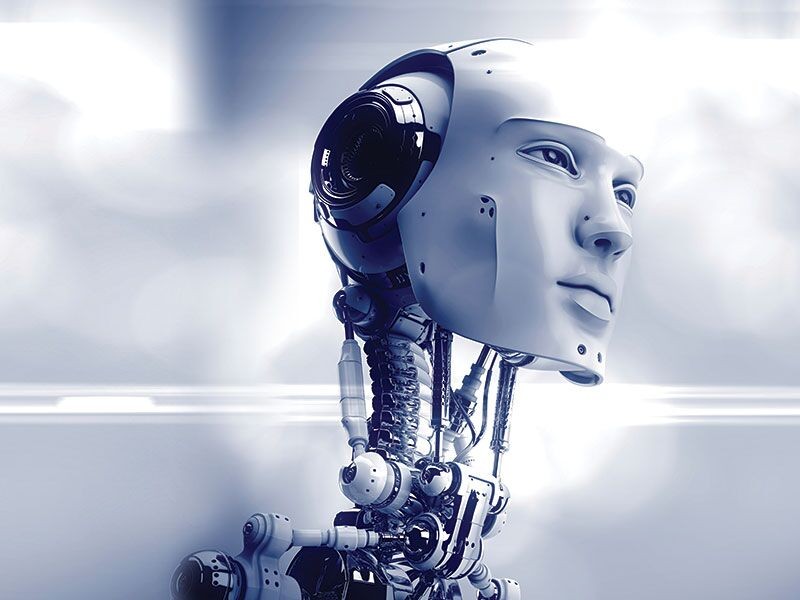advertisement
#CIO100EA: Why businesses should accelerate Digital Transformation with RPA
Robotics Process Automation widely known as RPA, is the next big acronym that a business owner and especially a CIO…

Robotics Process Automation widely known as RPA, is the next big acronym that a business owner and especially a CIO should know.
Vasant Manwadkar, CEO Microtek Systems said that robotics will be the next big thing in the industry and especially in most businesses.during the just concluded CIO 100 Symposium and Awards, held in Naivasha, Kenya.
RPA is a software application that replicates the actions of a human being interacting with the user interface of a computer system. It is also a technology platform that automates any repetitive and rule based human process that can be highly complex.
advertisement
Explaining why organisations should opt for RPA to drive digital transformation in their organisations, Mr. Manwadkar said, “RPA does not require API or web services. RPA can handle unstructured data like voice or text as well as uncertain events and inputs unlike the traditional Business Process Management (BPM) and Business Process Automation (BPA) tools that are unable to automate due to challenges in inter-operability with legacy technologies.”
He further pointed out the three key areas where RPA can be used include process automation, IT Support and Management and Automated Assistant.
He further expounded the three areas to the audience saying:
advertisement
Process automation
RPA can be used on a rules-based, non-subjective process without compromising the existing IT architecture.
Through this RPA can be used to improve back-office tasks in finance, procurement, supply chain management, accounting, customer service and human resources, including data entry, purchase order issuing, creation of online access credentials
advertisement
IT support and management
RPA can be used to automate the remote management of IT infrastructures so that organisations can solve problems for faster process throughput. RPA can also help improve service desk operations and the monitoring of network devices. It can also help a company handle short-term demand without extra recruiting or training.
Automated assistant
RPA can provide answers to employees or customers in natural language rather than in software code. This technology can help to conserve resources for large call centers and for customer interaction centers.
Unlike Cognitive Intelligence, McKinsey RPA deals with simpler types of task. It takes away mainly physical tasks that don’t need knowledge, understanding, or insight the tasks that can be done by codifying rules and instructing the computer or the software to act.
With cognitive automation, you impose upon the knowledge base that a human being has and on other human attributes beyond the physical ability to do something. Cognitive automation can deal with natural language, reasoning, and judgment, with establishing context, possibly with establishing the meaning of things and providing insights.